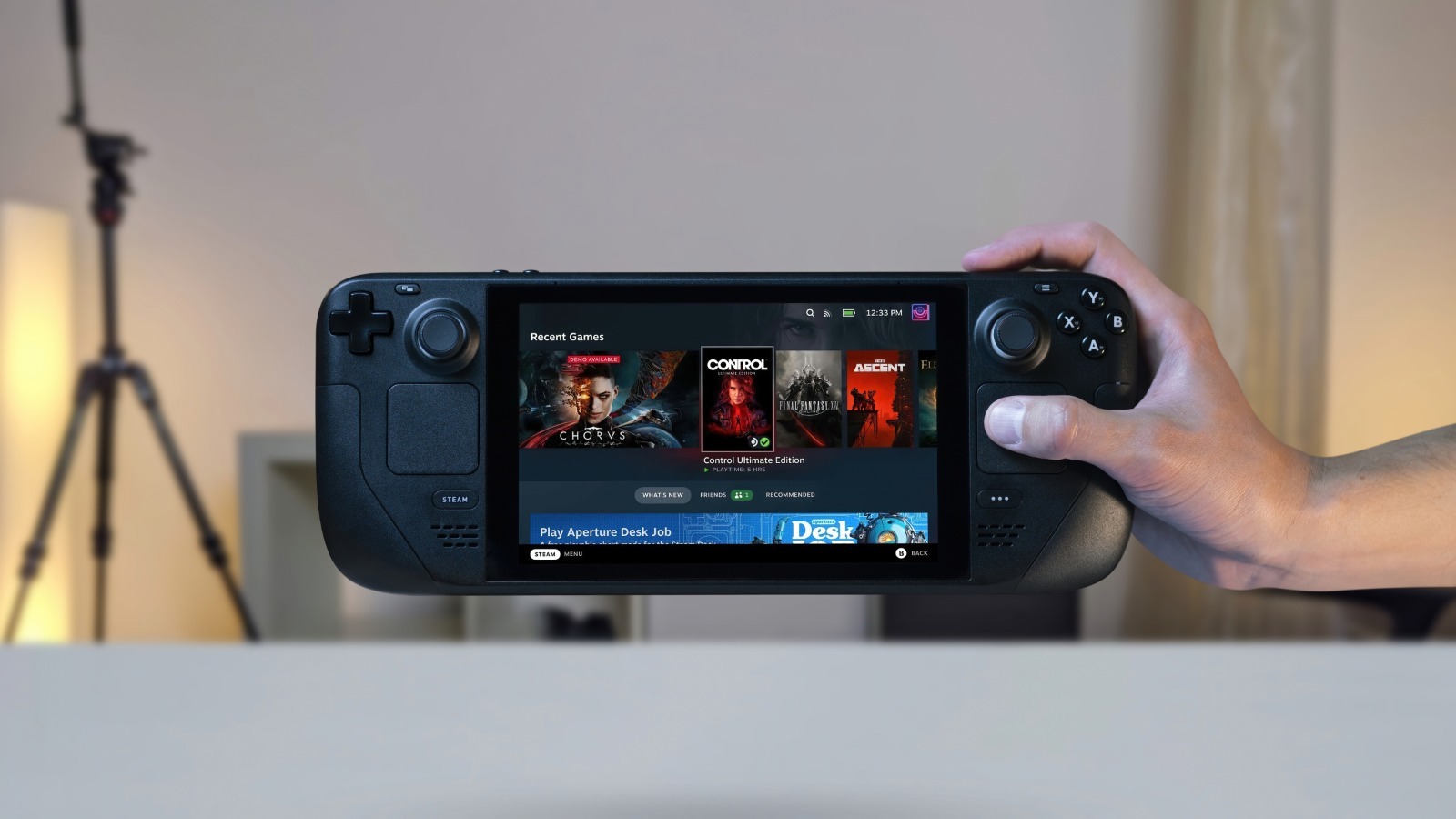
One of the more interesting aspects of the Steam Deck is the software experience. Instead of Windows, Valve decided to develop a custom Linux distribution, called SteamOS 3.0, based on Arch Linux. The choice to run SteamOS instead of something more mainstream, like Windows, allowed Valve a lot more freedom to customize the user experience and optimize the software and hardware to work in unison. One area where this optimization can be seen in full force is the TDP (thermal design power) control that places a limit on how much power the AMD APU can draw, effectively limiting performance but dramatically extending battery life. SteamOS 3.0 has also allowed Valve to implement a rather capable desktop mode for when you want to connect the Deck to a monitor and peripherals.
While the custom experience and potential performance gains over Windows that the likes of Linus Tech Tips demonstrated are both serious boons for Valve’s handheld, the software experience is far from perfect thanks to the limitations of gaming on Linux. As one Reddit user, u/212QBW complained about in a post, they experienced some troubling difficulties playing Red Dead Redemption on their Steam Deck thanks to the Proton compatibility layer that Steam uses to play Windows games on Linux. Steam has gone to great lengths to develop Proton, but it’s still not perfect, and often games require significant tweaking to work properly. As is evidenced by ProtonDB, only 14% of the top 100 games on Steam are verified to work with the Steam Deck, while 29% are reportedly unsupported, and 11% are completely unplayable, having received the “Borked” medal. Not only has the custom OS led to complaints, but it adds extra research to the buying process to verify that it runs.
Stay connected with us on social media platform for instant update click here to join our Twitter, & Facebook
We are now on Telegram. Click here to join our channel (@TechiUpdate) and stay updated with the latest Technology headlines.
For all the latest Gaming News Click Here
